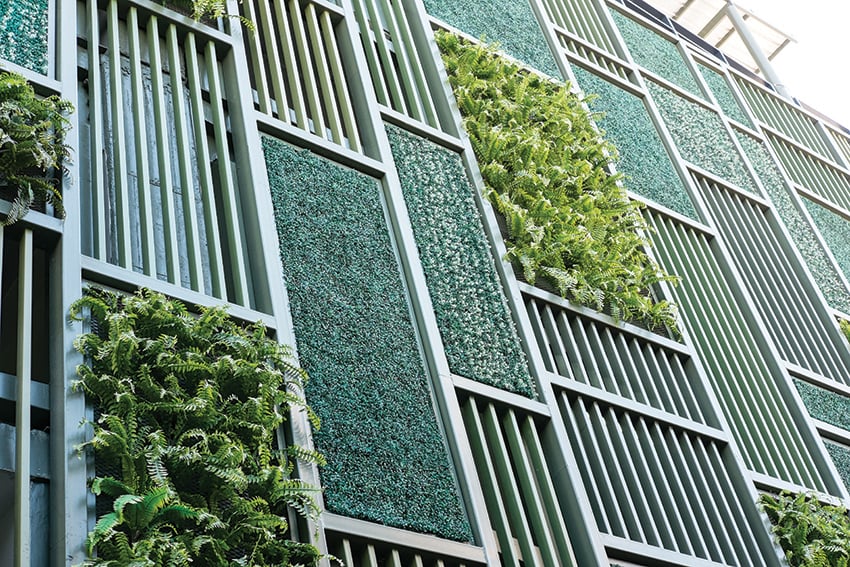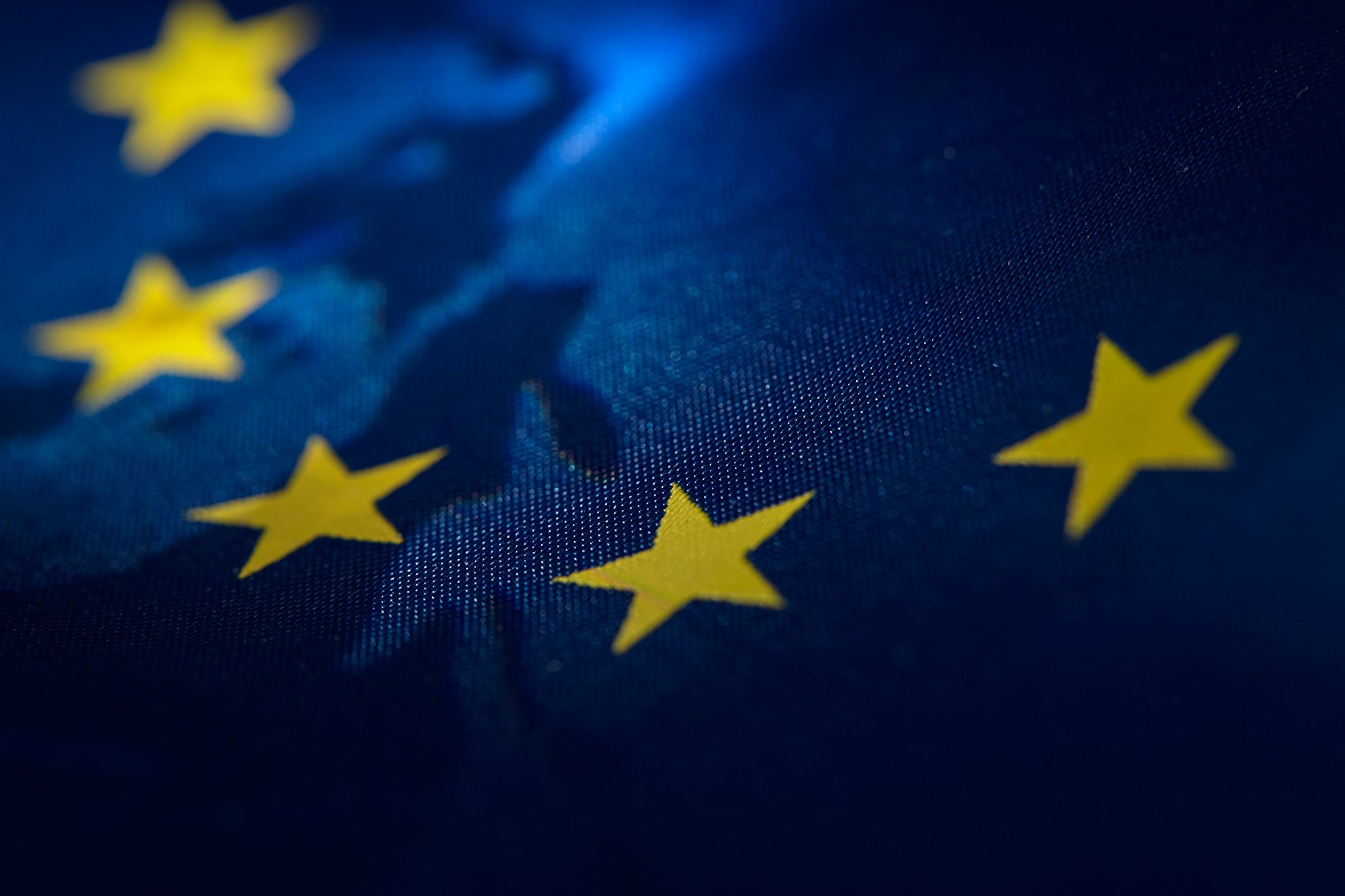Background
Under Belgian VAT law taxable persons with a mixed activity (i.e. supplying both goods/services which generate a right to deduct input VAT as goods/services which do not generate a right to deduct input VAT) will calculate the level of input VAT deduction based on a general pro-rata (turnover generating input VAT deduction/total turnover). As a derogation to this primary method of calculation a taxable person can also apply for an authorisation to apply the so-called ‘real use’ method.
Under this method the taxable person will:
- not deduct input VAT which can be directly allocated to its VAT exempt activities which do not generate input VAT deduction;
- fully deduct input VAT which can be allocated to VAT taxable activities which generate input VAT deduction;
- apply a special pro-rata(‘s) for input VAT which cannot be fully allocated to one of the two activities (so called ‘general cots’).
VAT Authorities can also impose the real use method on taxable persons This is the case “when the application of the general pro-rata leads to inequality in the levying of VAT through an excessive deduction of VAT”.
What will change?
- Whereas the current procedure requires a prior approval or 'authorisation' to apply the real use method, the new procedure provides for a mandatory electronic notification by means of a declaration of commencement or change of activity (e-604A or e-604B respectively).
- This notification must be made before the end of the first declaration period of the current calendar year or the first declaration period at the start of change of activity. A similar procedure applies if the taxpayer opts to stop applying the real use method.
- Taxpayers already applying the real use method are also required to provide the electronic notification to the VAT Authorities before 1 July 2023.
- The new procedure also provides for new reporting obligations. Thus, the application of the real use method will be subject to the condition of communicating the following information when filing the VAT return for the first quarter or one of the first three months of the current calendar year:
-
- the final pro rata for the previous year (if any);
- the percentage of VAT charged in relation to:
- costs relating to activities giving rise to full entitlement to VAT deduction;
- costs relating to activities that do not generate a right to deduction;
- costs relating to both activities;
- the special pro rata applied to general costs.
Risks?
- If the notification or reporting obligations do not happen (on time), the application of the real use method can only be implemented from 1 January of the following calendar year.
- The VAT Authorities have the right to retroactively reject the proposed deduction methodology until 31 December of the year following the year in which the initial notification was made (i.e. if a notification was made in 2023, the VAT Authorities could still reject the right of deduction based on actual use until 31 December 2024).
To do’s
- Taxable persons with a mixed activity should review their method of VAT deduction (general pro-rata or real use) and file required notifications timely;
- If the taxable person already applies the real use method, taxable persons should timely notify the competent VAT authority via an e-604B filing (before 1 July 2023);
- Detailed information on the real use calculation should be pro-actively shared with the VAT authority within the foreseen deadline.
Please do not hesitate to reach out to our indirect tax team if you would have any further question with respect to these new rules and formalities.







